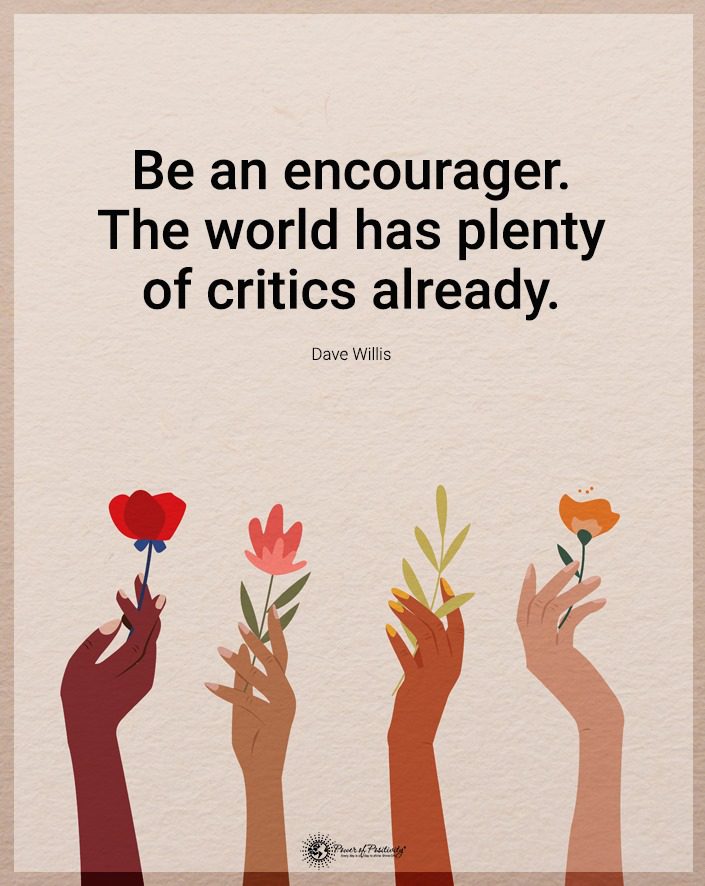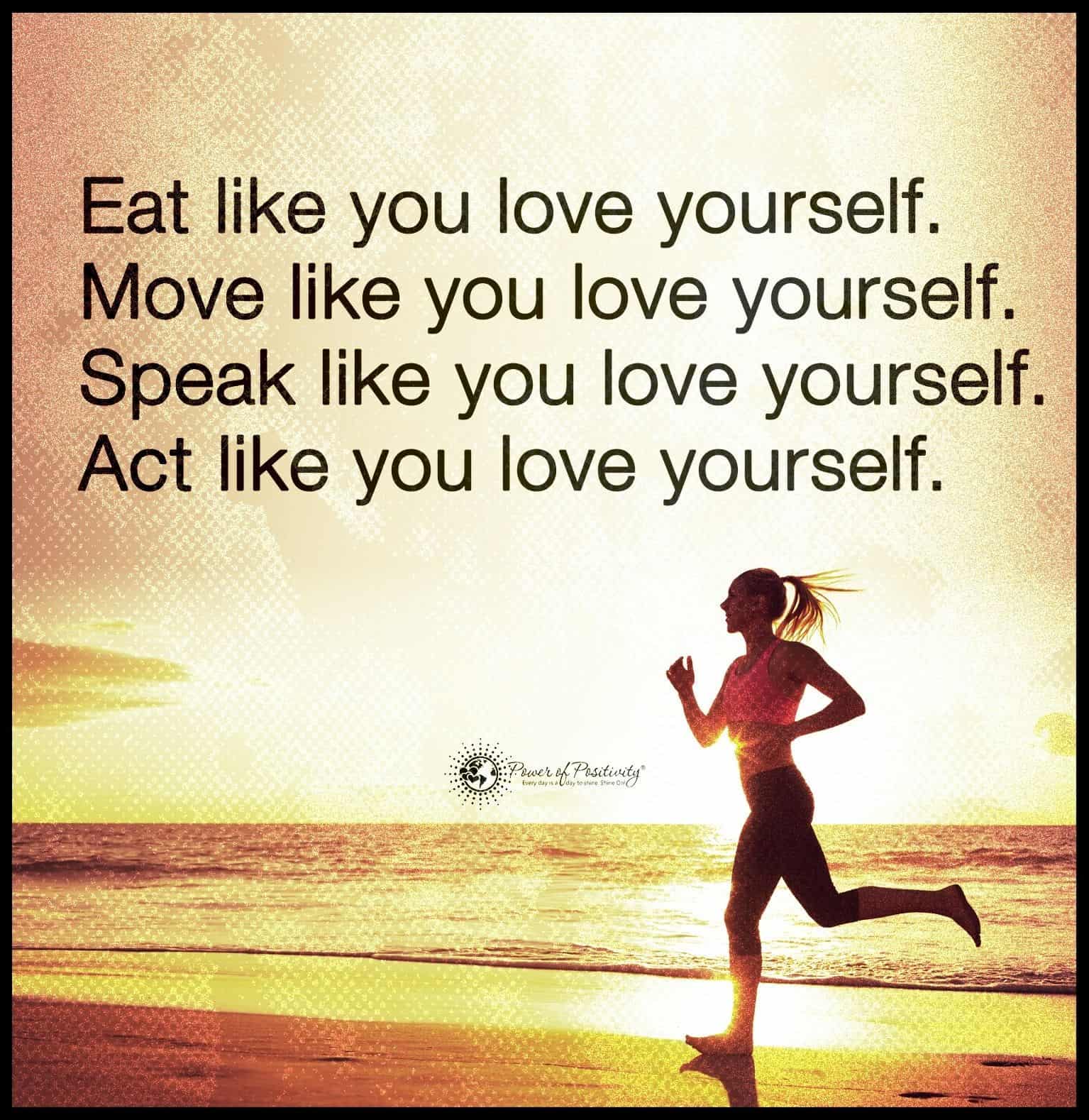Guardian angel, spirit guide, spirit animal, higher self – whatever you want to call it, more people than ever wish to contact these otherworldly beings. Let’s face it; life on Earth can seem downright exhausting, confusing, and terrifying at times. But, learning to connect with your guardian angel can help you navigate the turbulent waters and sail to smoother seas once again.
These times can feel very isolating and scary, but our guardian angels want us to know that they are here with us and can help guide us along our unique paths. Maybe you have tried to contact your guardian angels before to no avail. On the other hand, perhaps you are interested in the spirit world but haven’t tried making connections yet.
10 Ways to Connect With Your Guardian Angel
No matter your situation, we will discuss some ways to connect with your guardian angel below.
1. Pay Attention to Your Physical Environment and How You React to It
Guardian angels like to communicate with us through physical sensations at times, so you don’t need to do anything except take note of how you feel. For example, if you start to get goosebumps on your skin for no apparent reason or feel a presence near you, it might be your guardian angel attempting to contact you.
When something in your physical environment occurs without you being able to pinpoint the source, recognize that it could very well be a spirit guide. If we pay attention to our surroundings and focus on the sensations we feel, we can have a better chance of contacting our guardian angel.
2. Meditate and Ask Your Guardian Angel to Reveal Themselves
Our guardian angels contact us in a different realm, so it can take time to receive their messages in our denser reality. However, meditation provides an excellent medium to get in touch with your guide, as this practice increases your vibration. This allows you to access higher realms yourself. During your meditation, ask your guardian angel(s) to make themselves known to you. They might respond immediately, or it could take some time, depending on your readiness to receive the messages.
Guardian angels often don’t make themselves known unless we initiate contact with them, and meditation allows them a way to communicate with us on Earth. During meditation, we can block out worldly distractions and focus on just ‘being’ and receiving messages as they come in.
3. Pay Attention to Repeating Numbers
According to Doreen Virtue, seeing 11:11 frequently means that your guardian angel wants to send you a message from the higher realms. It also means that your thoughts have begun manifesting into reality very quickly. The more you notice repeating numbers, especially 1’s, the stronger the connection between you and your guardian angel.
Learn to slow down and pay attention to these signs, as more and more people notice repeating numbers these days. This shows that our angels, or whatever you’d like to call them, are more desperate than ever to make contact with us.
4. Notice Messages in Songs You Hear or Other Types of Media
Also, if you happen to hear the same song on the radio every time you get in the car, pay attention to its meaning and how it may pertain to your life. Our guides often like to communicate with us through music on the radio, believe it or not. We quickly understand the frequency of music, so this may explain why guardian angels use it to send messages.
In addition, your guardian angels may talk to you through books or TV shows. Perhaps you feel drawn to a specific passage in the book you’re reading or relate deeply to a specific scene in a show. Spirit guides don’t discriminate in how they speak to us, as they know that we sometimes enjoy escaping into fantasy worlds.
5. Ask Your Guardian Angel to Communicate in Your Dreams
They also love to relay messages to us in our dreams since we have entered another reality and don’t have distractions left and right from daily life. In our restful state, we become much easier to contact. Before going to sleep each night, ask them to visit in your dreams, and make sure to write down anything you remember the following day.
Your dream will vary depending on what messages or signs your guardian angel needs to deliver to you. Don’t feel alarmed if you have a bad dream, though; it still offers an essential meaning to your life’s journey.
6. Pray for Their Assistance in Your Life
Doreen Virtue, a well-known psychic, angel healer, and motivational speaker, says: “No angel shall interfere with a human’s life unless asked, with the sole exception of a life-threatening emergency” in her book, Angel Therapy. Just like in real life, to receive help from our angels, we must ask for it first.
As long as you have a genuine need and desire to connect with your spirit guide, they will make contact with you and offer assistance. Remember, they want to help you, so don’t hesitate to call on them for support when you need it most.
7. Cultivate a Relationship With Your Guardian Angel
Just as you put effort into your Earthly relationships, your connection with heavenly beings also requires cultivation. Before work or school each day, take a few moments to pray or talk with your spirit guides. If you form a relationship with these exalted beings, they will make their presence more obvious in your life.

8. Work on Your Spirituality
It’s difficult to contact angels if you have no connection to your spiritual side. Whether you pray, meditate, do yoga, or practice mindfulness, it’s crucial to develop your spirituality. This will make your energy field more open and receptive to any contact from spiritual beings.
9. Surrender to the Cosmic Order
Creation follows specific laws that make life on Earth possible; however, when people don’t adhere to the laws of nature, discord ensues. If you want to connect more with guardian angels, you should try to align with the spiritual laws of the universe.
Show kindness to others, practice minimalism, give more than you take, and do some form of meditation to cultivate your spirituality. If you surrender to the higher ways of existence rather than following your ego, you will feel more peace in your daily life.
10. Trust Your Spirit Guides
If you surrender to the cosmic law, the next step is to trust your guides and the messages they send you. They won’t lead you astray; even if a situation seems difficult or scary, your companions have your best interest at heart. We came to Earth to learn vital lessons and work out some of our karma. So, our guides already know what path we should take to become our highest selves. Please put your full trust in the universe because it won’t give you anything you can’t handle.
3 Signs Your Guardian Angel is Nearby
Now that you have an idea of how to reach out to spiritual beings let’s look at how to know when they arrive.
1. You feel comforted and safe all of a sudden.
Maybe you’ve been feeling stressed or disconnected in life lately. However, if you suddenly feel comfort or love pass through you, your spirit guides might be nearby. They want the best for you and hate seeing you suffer. If you have tuned yourself to the frequency of the angelic realms, you can quickly feel the presence of spiritual beings.
2. A butterfly lands near you, or you find other objects like a white feather.
Particular objects and animals have a spiritual significance. For instance, many cultures believe the butterfly symbolizes transformation or reincarnation throughout the world. If one lands on you, it might mean your guardian angels want to send you a message. Perhaps they wish for your spiritual transformation and growth as you enter a new chapter in life.
White feathers can also signify the presence of a loving spirit, as these feathers represent the white wings of angels. They symbolize purity and beauty, two qualities that every spiritual being embodies.
3. You get chills or goosebumps.
Sometimes spirit guides will make themselves known physically. You might get goosebumps on your neck or shoulders if they’re nearby, as their presence causes a vibrational change in the atmosphere. Also, you might feel a tingling on the crown of your head if a benevolent being is with you.
Final Thoughts on Ways to Contact Your Spirit Guides
If you’re a spiritual person, you will want to connect with higher beings to receive important messages. Whether you pray, meditate or practice mantras, you can begin making contact with higher realms with a personal practice. By forming a relationship with these heavenly beings, it will become easier to recognize their presence in your life.
You will start noticing subtle signs of their friendship, such as white feathers or butterflies nearby. They may direct your attention to certain songs on the radio or come into your dreams to contact you. No matter how they connect with you, it’s a life-changing moment when a guardian angel appears in your life.















